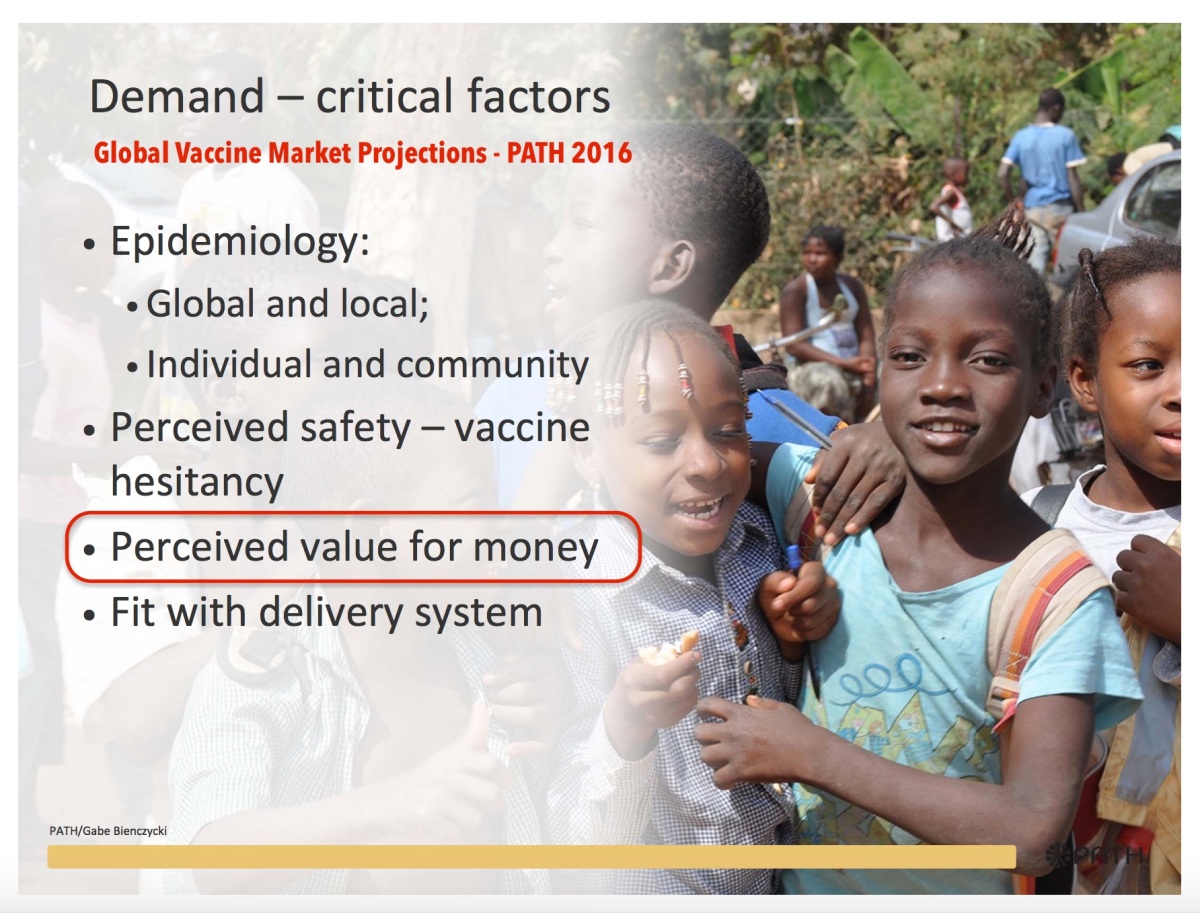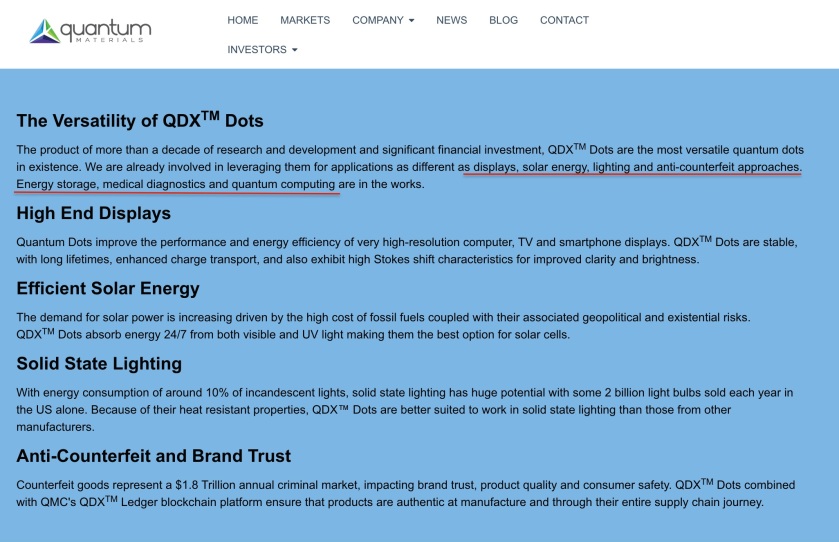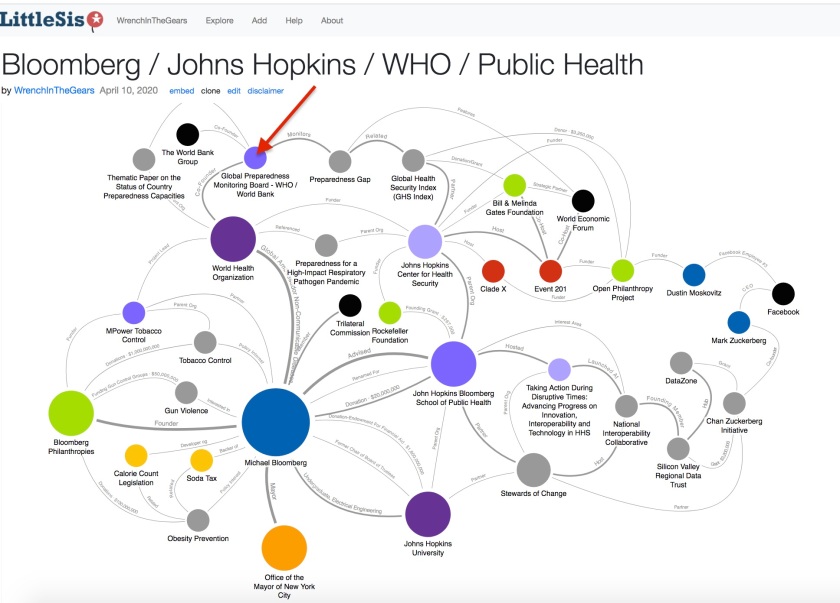Jan 09
20210
Pacifism as Pathology, Social Engineering
Amazon Apple California Teachers Association (CTA) Chan Zuckerberg Foundation Digital Austerity Education Fourth Industrial Revolution Global Education Coalition Google Great Reset HP Lenovo Michael Bloomberg Microsoft Silicon Valley T-Mobile Teachers Union
The Virtual Education Shock Doctrine
California’s online-schooling model is a glimpse into the future of digital austerity.
October 4, 2020
By Alex Gutentag
In California, the nation’s most populous state, 90% of students started the school year entirely online. When schools closed in March, 50% of low-income California students lacked the necessary technology to access distance learning. Broader tech distribution was available for the 2020-21 school year thanks to donations from companies like HP, Lenovo, Amazon, Apple, T-Mobile, Microsoft, and Google. Twitter CEO Jack Dorsey even personally donated $10 million to the city of Oakland’s tech initiative. With chromebooks and wifi hotspots now available for every student, California legislators and corporations congratulated themselves on closing the “digital divide.”
Despite their improved tech access, many students have more pressing material needs. Over 260,000 California students experience homelessness every year, and over 20% of California children live below the poverty line. The tech industry has not made massive donations to medical and therapy services, which low-income students often receive through community schools. Likewise, there is no private backing for the state’s free grab-and-go meals program.
Online schooling will generate a treasure trove of data tech firms can buy and sell. Free meals will not. Silicon Valley boasts a yearly output of $275 billion and has a GDP similar to that of Qatar. Yet California, the world’s fifth largest economy, is currently withholding $11 billion from schools. Districts have been given IOUs for state funding and will not be reimbursed until next year. In contrast, California billionaires increased their net worth by over 25.5% ($175 billion) in the first three months of the pandemic.
Students throughout California are now stuck at home in hot, crowded rooms that occasionally fill with wildfire smoke. 19% of these students are English language learners and almost 13% of them have disabilities. Every day on Zoom they fall more and more behind both academically and socially. In Los Angeles Unified, the state’s largest district, students are receiving 90-170 minutes of daily live instruction (depending on their age), after which they are expected to do independent work. Compared to the traditional six- or seven-hour school day, online education is laughably inadequate.
In real time, teachers and families are watching important developmental windows close for vulnerable children. Meanwhile the California Democratic Party and its affiliates tout virtual schooling as a solution for mitigating COVID-19 transmission. This policy is the result of an alignment between the Democratic Party, corporate power, and a bureaucratic teachers’ union. The purpose of their alignment is to rationalize austerity and boost commercial profits. Distance learning is a sleight of hand. Framed as a panacea, online education is actually the vehicle for a long-desired economic restructuring.
School Closures: An Unscientific and Regressive Policy
![The Dreambox mathematics application: "Within one minute of work, the program can collect, analyse and respond to more than 800 pieces of data about a student and how he or she learns, according to the organization." [page 9]](https://i0.wp.com/www.wrongkindofgreen.org/wp-content/uploads/2021/01/New-Vision-For-Education-WEF.jpg?resize=500%2C700&ssl=1)
The Dreambox mathematics application: “Within one minute of work, the program can collect, analyse and respond to more than 800 pieces of data about a student and how he or she learns, according to the organization.” [page 9]
California’s introduction of online schooling was driven by financial concerns, not medical or moral ones. Reopening safely would have required physical distancing plans, distribution of face shields or masks, sanitizing supplies, systems for daily health screenings, regular testing, widespread use of outdoor spaces, alternative schedules, smaller class sizes, and a massive hiring initiative. The primary reason these proposals were shot down was not rising COVID-19 cases as the governor, Gavin Newsom, asserted. California cases, hospitalizations, and deaths have been declining since August 1, but since then Newsom has only made reopening guidelines stricter.
The full prohibition on in-person learning directly contradicts the advice of medical and scientific experts. In June the American Academy of Pediatrics (AAP) issued recommendations for school re-openings, stating, “the AAP strongly advocates that all policy considerations for the coming school year should start with a goal of having students physically present in school.” The National Academies of Sciences, Engineering, and Medicine issued similar guidance. Schools, the authors argue, provide essential services to students and families.
Only after large school districts decided to stay closed did the AAP revise its original guidance to fit a perceived political consensus. Many clinical studies and reviews supported their original conclusion, demonstrating that children are less likely to transmit COVID-19 than adults, and school closures are an ineffective method of disease control. Not only will these irrational closures deepen class disparities, the policy has also overruled some children’s civil right to public education—a right that became universal in federal law less than 50 years ago.
It was not until 1975 that people with disabilities won a “Free and Appropriate Public Education” through the Individuals with Disabilities Education Act (IDEA). Before IDEA people with intellectual disabilities were often put in underfunded and abusive state schools, such as the infamous Willowbrook state school in Staten Island. Similarly, discrimination against English language learners was allowed until the 1974 passage of the Equal Education Opportunity Act.
Dismantling these gains is apparently of no concern to the California Democrats and the California Teachers Association (CTA), the state teachers union. Virtual learning effectively limits educational access for high-need populations. Yet as public resources are funneled into online learning platforms, the CTA regularly claims to be fighting back against billionaires and politicians. In reality, the teachers union is acting as an astroturfing and financing arm of the tech industry and the Democratic Party. There is no real conflict between these entities because their interests are identical.
The Teachers Union as Controlled Opposition

The Global Education Coalition was launched on March 25, 2020, by UNESCO. Founding partners include the World Bank, Facebook, Microsoft, Google, the BBC, and the Global Business Coalition for Education.
The median teacher salary in California is $65,252. On average, California teachers pay $1,072 in dues, and the majority of dues do not go to local organizations—they go to the CTA. In 2018 at least twelve CTA officers and directors made six-figure salaries. The CTA president took home about $340,000, and the union’s Associate Executive Director over $1 million. It is extremely difficult for teachers to find out how much of their dues money goes to political activities, let alone which of these activities actually help secure better working conditions and wages for teachers.
However, some information is available. California teachers’ dues directly contribute to the CTA’s PAC. Although teachers can opt out from donating to the PAC, this option is only given when they sign the form to join the union. While there are limits to the CTA’s donations to individual candidates through its PAC, the CTA can donate greater amounts through independent expenditure committees. For example, the CTA’s PAC donated only $29,000 to Newsom’s election campaign in 2018, but its independent expenditure committee gave $1 million to “Education Organizations for Gavin Newsom for Governor 2018.”
The National Education Association, which the CTA is a part of, is likewise opaque about how much dues money is used for political activities and what those activities are. In 2018 the NEA contributed about $5.4 million to candidates and political campaigns and spent close to $2.9 million on lobbying. After endorsing Joe Biden in March, the NEA now invites teachers to become “Educators for Joe” through its website.
The relationship between the union and the California Democratic Party extends to the CTA’s organizing work for ballot initiatives. Most recently, local California unions have asked their members to collect signatures and join rallies for Prop 15, the Students and Communities First Initiative. The slogan for Prop 15 is “Tax the Rich,” but the tax will not be on wealthy individuals, or directly on the revenue of California’s largest industries (tech, agriculture, tourism, and entertainment). The tax will instead be on business properties exceeding $3 million in value. The initiative is backed by national politicians like Elizabeth Warren, Bernie Sanders, Pete Buttigieg, and Michael Bloomberg. The Chan Zuckerberg Foundation has contributed over $6.3 million to support Prop 15.
Union members should be concerned about the fact that, according to the CTA’s own Prop 15 calculator, the plan will fund privately-operated charter schools in addition to public schools. Charter schools are property leasing schemes that exploit low-income communities for the benefit of investors. In using public school teachers to organize for this funding, the CTA has promoted an initiative that will allow investment capital to benefit from industrial property taxes, an expense that some worry will fall on small businesses in the form of increased rents. Given the level of mismanagement, cronyism, and anti-teacher animus plaguing the administrations of many California school districts, it is also worth wondering if Prop 15 money will go where it is truly needed (staffing), or whether it will be wasted on more tech products.
Ultimately, there is no real tension between the political project of the teachers union and that of the Democratic Party. Both are working toward the same outcomes. In the case of COVID-19, the desired outcome is the purchase of hardware, software, and online learning subscriptions on an enormous scale. This ploy relies on a politics of anti-solidarity in which teachers stay home on computers while risk is pushed onto lower-paid staff or contractors who lack union protection.
Woke Justifications for Academic Decline

January 2020, World Economic Forum: “The notion of an educator as the knowledge-holder who imparts wisdom to their pupils is no longer fit for the purpose of a 21st-century education.”
While low-income students and families struggle to adapt, many educators are willing to push rhetoric that presents virtual learning as liberation. In some cities, local union leaders, district administrators, and other organizations have entered into an endless competition to prove who is more woke and more pro-lockdown. Racialized social justice politics have created distractions that serve to rationalize and excuse the absence of public health infrastructure and other services.
In Oakland, for example, ongoing conflicts between professionals have done little to help communities in need, and disguise a de facto consensus around school closures. California’s online learning mandate was largely decided at the state level by the governor’s office. This did not stop the Oakland teachers’ union from holding a pro-closure demonstration in front of the Oakland schools superintendent’s home. The Oakland NAACP wrote a letter condemning the action for targeting the superintendent, who is a Black woman. The East Bay DSA responded in support of the union, citing the disproportionate impact of COVID-19 on Black communities.
Around the same time, elementary school principals in Oakland wrote a letter asking middle class parents to refrain from forming independently organized educational “pandemic pods,” arguing that this would be “exacerbating educational inequities.” Meanwhile, the Oakland teachers’ union was spending valuable time in reopening negotiations demanding a Black Reparations Fund. The union proposed that Local Control Funding Formula money for foster youth, English language learners, and low-income students be redirected to new “Black Sanctuary District” programs.
The woke posturing in Oakland demonstrates a pattern of California educators and other professionals wielding their cultural power to uphold tech profits while taking for granted the profound economic inequalities caused by the COVID-19 lockdown. The major stakeholders, while supposedly at odds, all supported government frugality as a science-based safety measure. With online learning now fully in place, social justice narratives contend that staring at screens is emancipation.
Various tech initiatives like the Modern Classrooms Project allege that online learning is progressive because it allows for self-pacing. The concept of virtual self-pacing is tied to declarations that some students are “thriving” through online education. School, proponents of distance learning claim, is perhaps too long, too demanding; the standards and expectations may be too high. Distance learning, they argue, allows kids to organize their own time, regardless of whether it is developmentally appropriate or not.
Similarly, education theories such as “Abolitionist Teaching” posit that white supremacy creates trauma for Black students at school. Therefore, the fundamental structures of school must be rethought. Intellectuals and writers who characterize school as inherently racist are assisting in a union-busting project. Abolitionist theorists even call on teachers’ unions themselves to demand curriculum and personnel changes, and scheduling that adheres to anti-racist thought.
The digitization of schools is an initial step toward digitization of society as a whole. Just as the school bell schedule was designed around the factory model, so the current model of virtual learning is training affluent students for a life of self-directed work at home. It is training low-income students for a life of no work at all.
Rejecting a Lockdown Future
“The long-term effects of school closures will define a generation. Children are facing increased rates of severe abuse and a mental health catastrophe. We’ve told children that their existence is harmful and their lives are unimportant. We abandoned them and they won’t forget it.”
!["Greater income inequality, increased unemployment, growing dependence on government, and more mass migrations are a few of the most pressing problems that failing to train the next generation of workers for the digitally driven economy will bring." [page 3]](https://i0.wp.com/www.wrongkindofgreen.org/wp-content/uploads/2021/01/Deloitte-GBC-Education-Youth-Work-Force-4IR-Cover.jpg?resize=690%2C975&ssl=1)
“Greater income inequality, increased unemployment, growing dependence on government, and more mass migrations are a few of the most pressing problems that failing to train the next generation of workers for the digitally driven economy will bring.” [page 3]
Schools are necessary for communal and individual well-being—they are just as essential as health care. In their education children do not only learn content; they also learn by example and through experience. It is our collective task to consider what message continued policies of school closure and austerity send to the younger generation. They will not forget it if we fail to develop alternatives.













